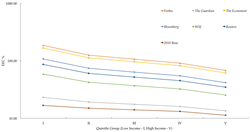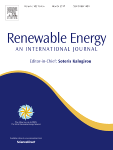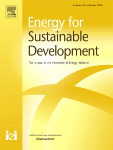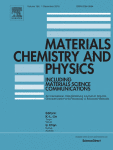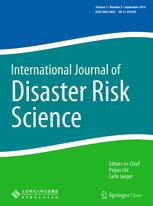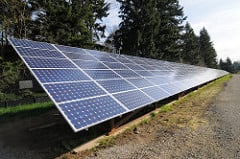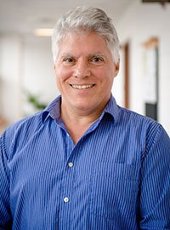Joshua Pearce’s (MSE/ECE) writing on ROI for open source hardware was listed as one of the Best of Opensource.com: Business articles for 2016.
The use of free and open source hardware (FOSH) has revolutionized the nonprofit world’s ability to bring assistance directly and more affordably to people needing aid. Overall, individuals and nonprofits are using custom-printed objects to innovate to solve less profitable problems, addressing more on the “long tail” of their issues list, if you will. Joshua Pearce looks at how to calculate the ROI for free and open source hardware, a mission-critical process that you need to do to turn your small project into a big one that makes a big difference.
6 steps to calculate ROI for an open hardware project
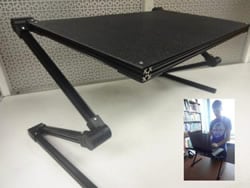
Free and open source software advocates have courageously blazed a trail that is now being followed by those interested in open source for physical objects. It’s called free and open source hardware (FOSH), and we’re seeing an exponential rise in the number of free designs for hardware released under opensource licenses, Creative Commons licenses,or placed in the public domain.
Read more at Opensource.com, by Joshua Pearce.
Notables
A paper co-authored by Joshua Pearce (MSE/ECE), Caryn Heldt (ChE) and ME undergraduate Nick Anzalone is being honored as one of the 2017 SLAS Technology Ten.
Read the editorial by Edward Kai-Hua Chow (SLAS Technology editor-in-chief).
Open-Source Wax RepRap 3-D Printer for Rapid Prototyping Paper-Based Microfluidics
By J. M. Pearce, N. C. Anzalone, and C. L. Heldt
The open-source release of self-replicating rapid prototypers (RepRaps) has created a rich opportunity for low-cost distributed digital fabrication of complex 3D objects such as scientific equipment…
